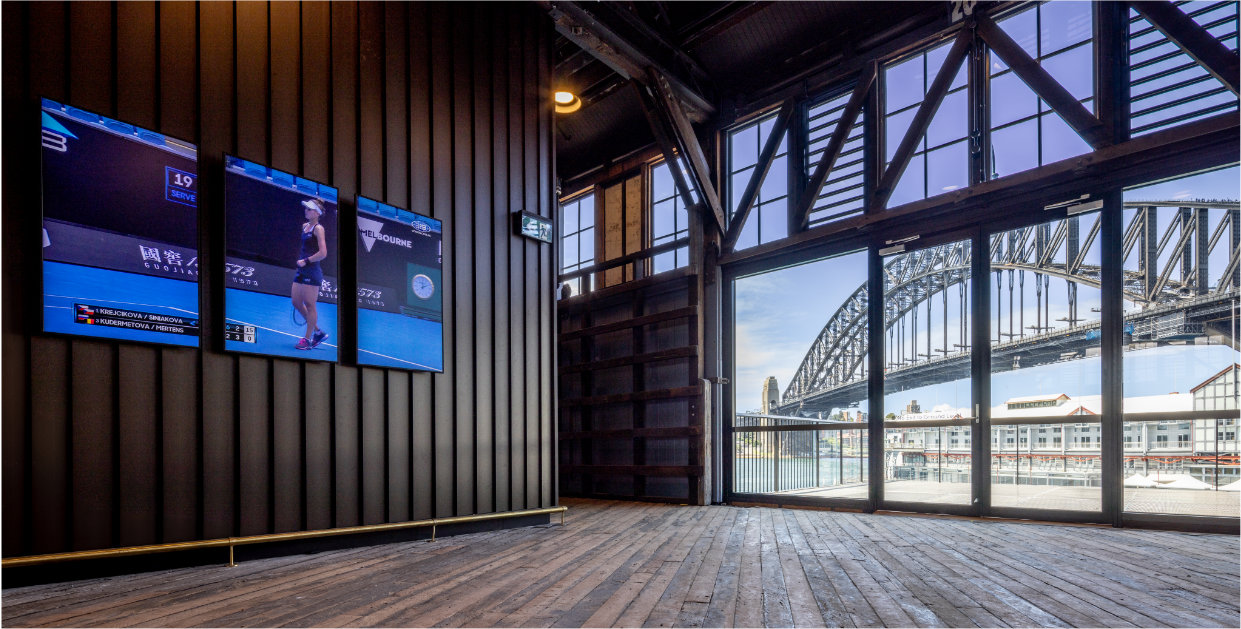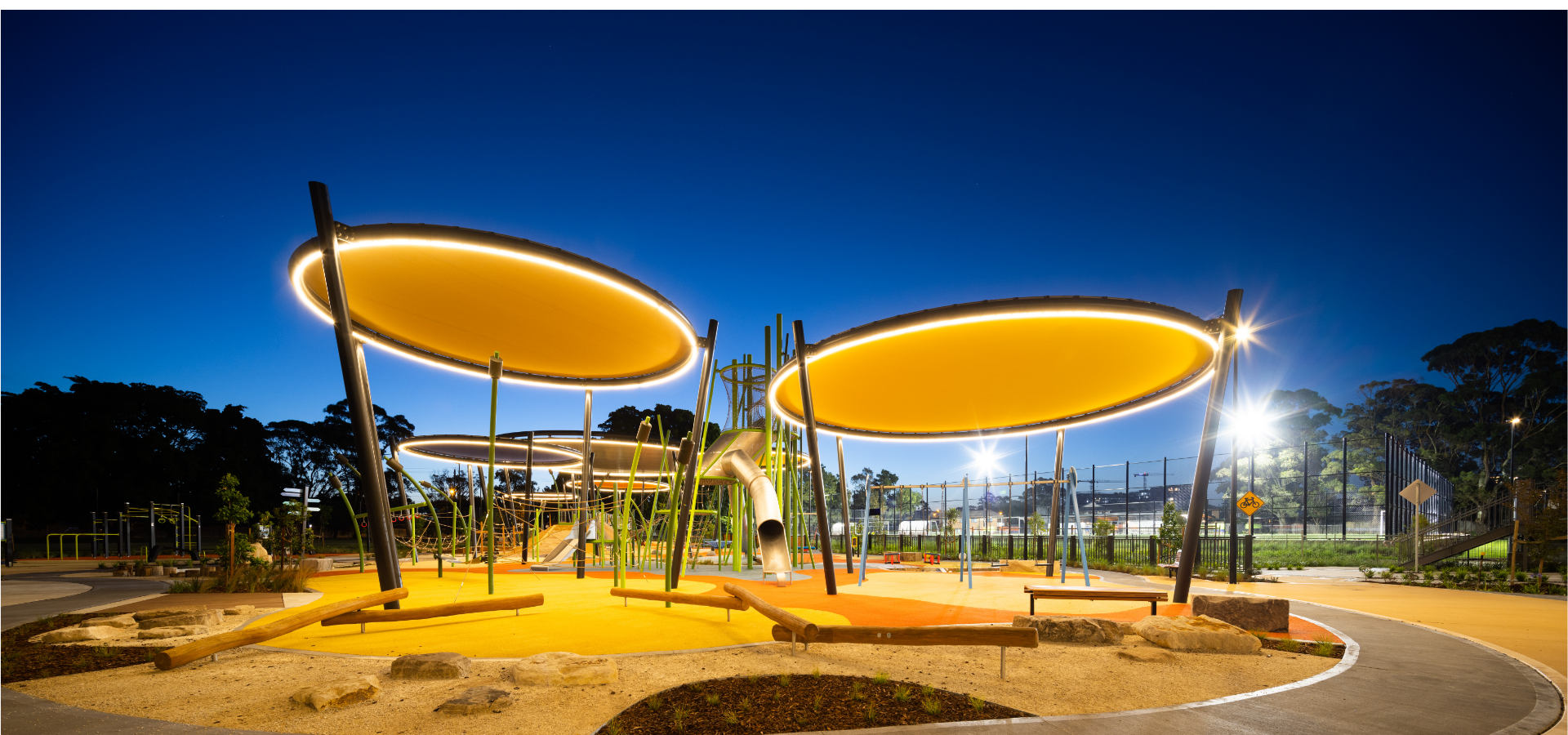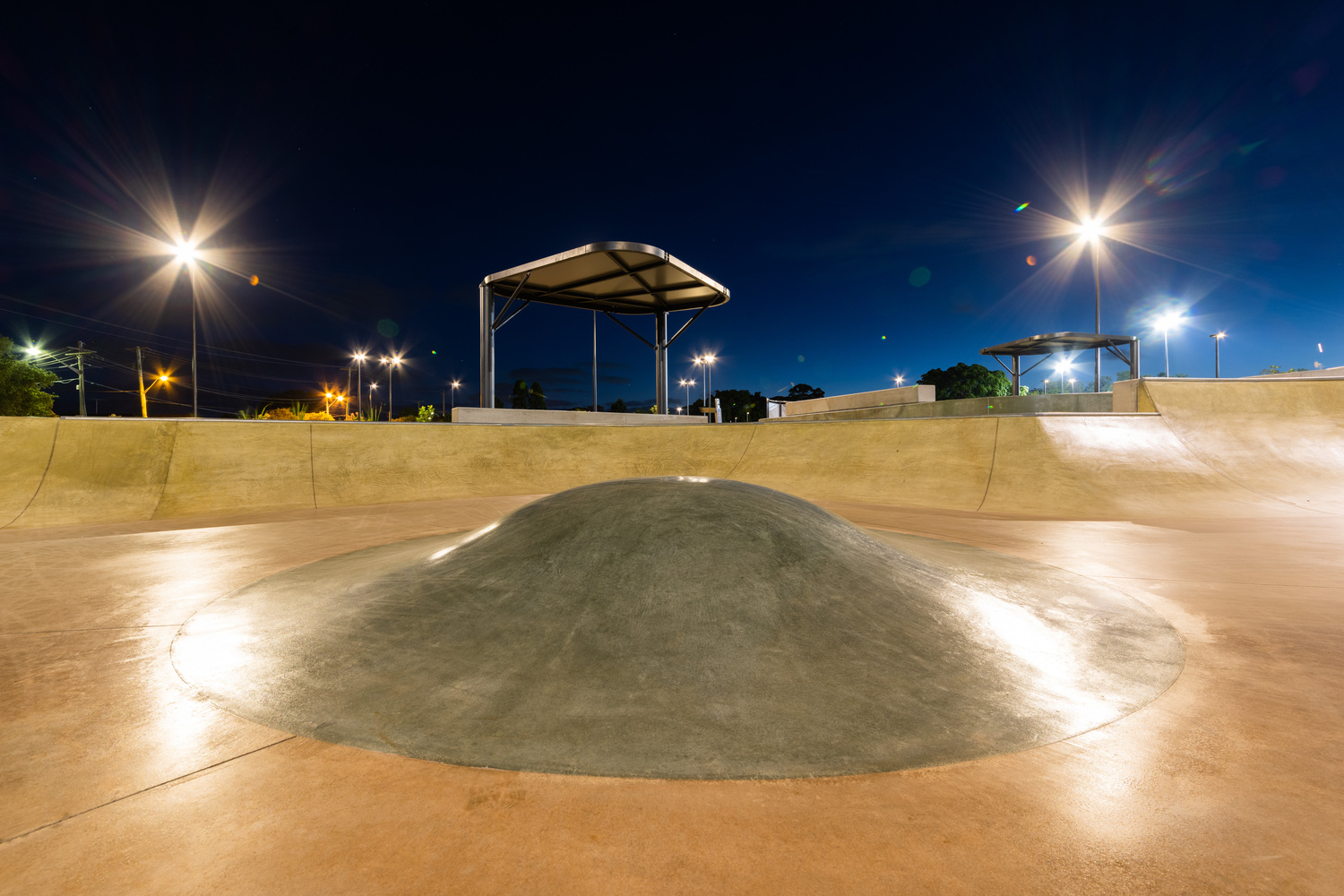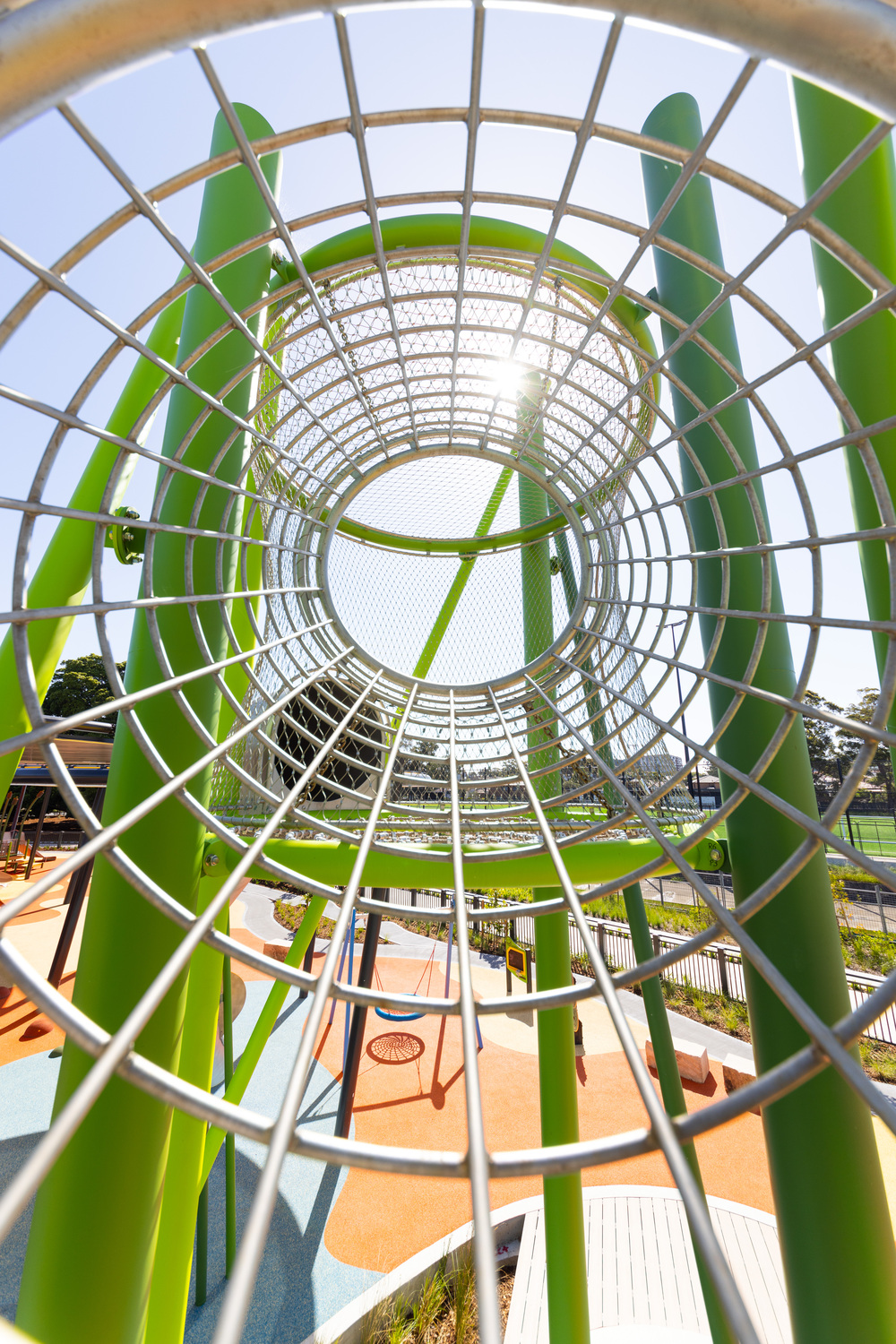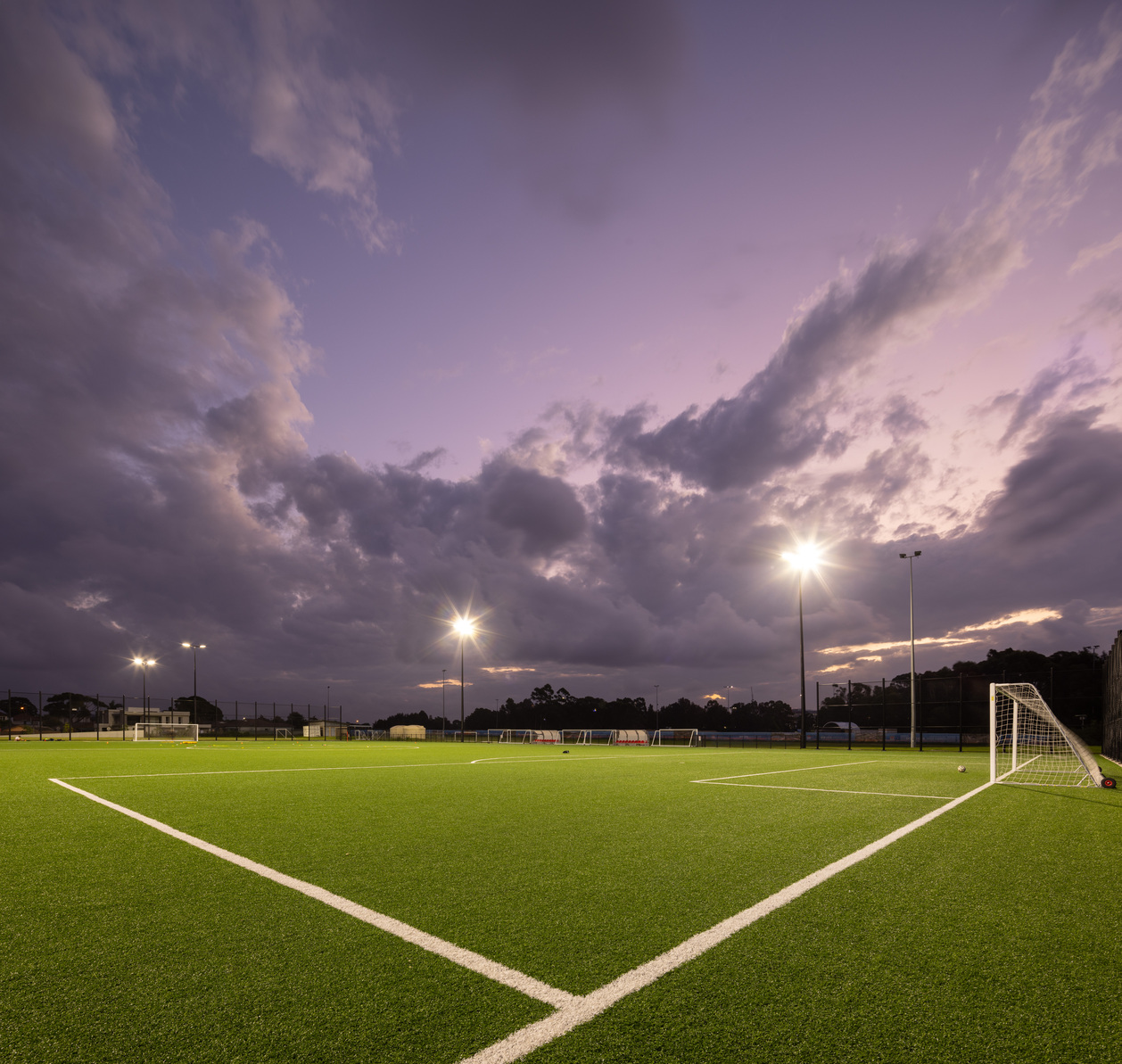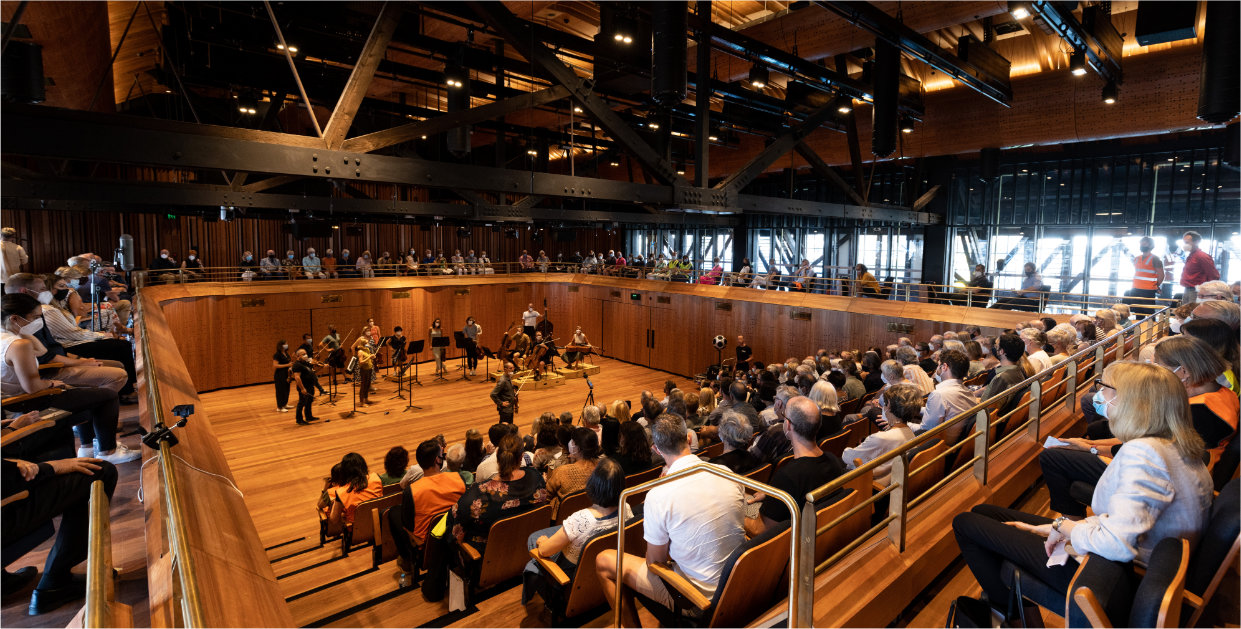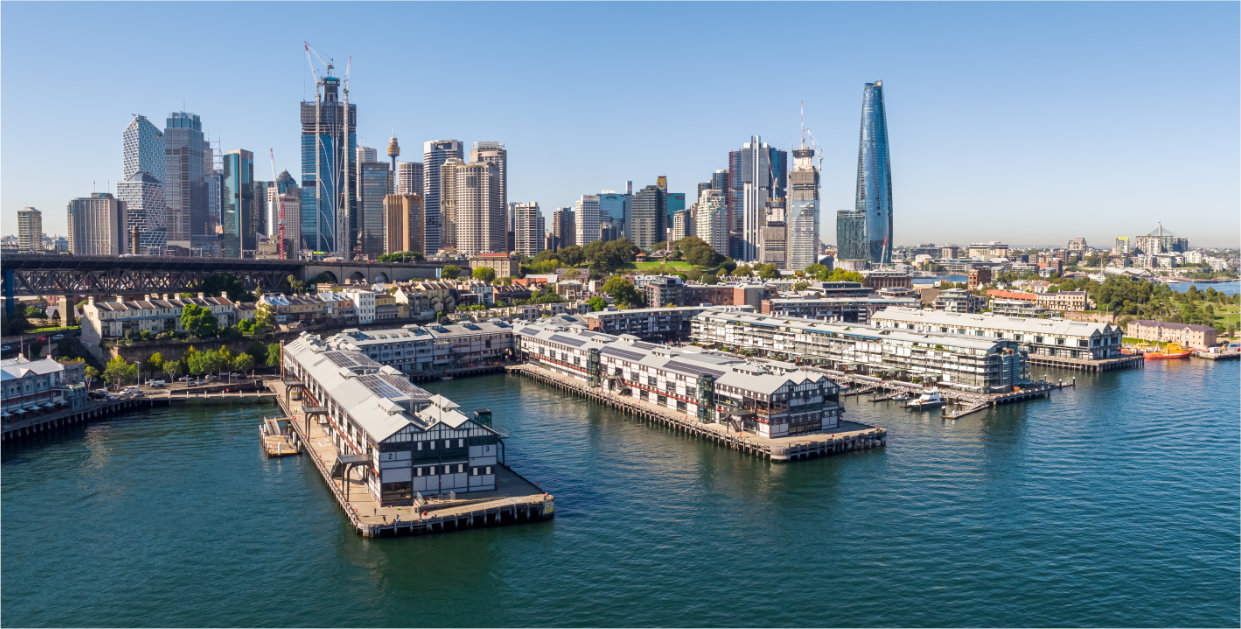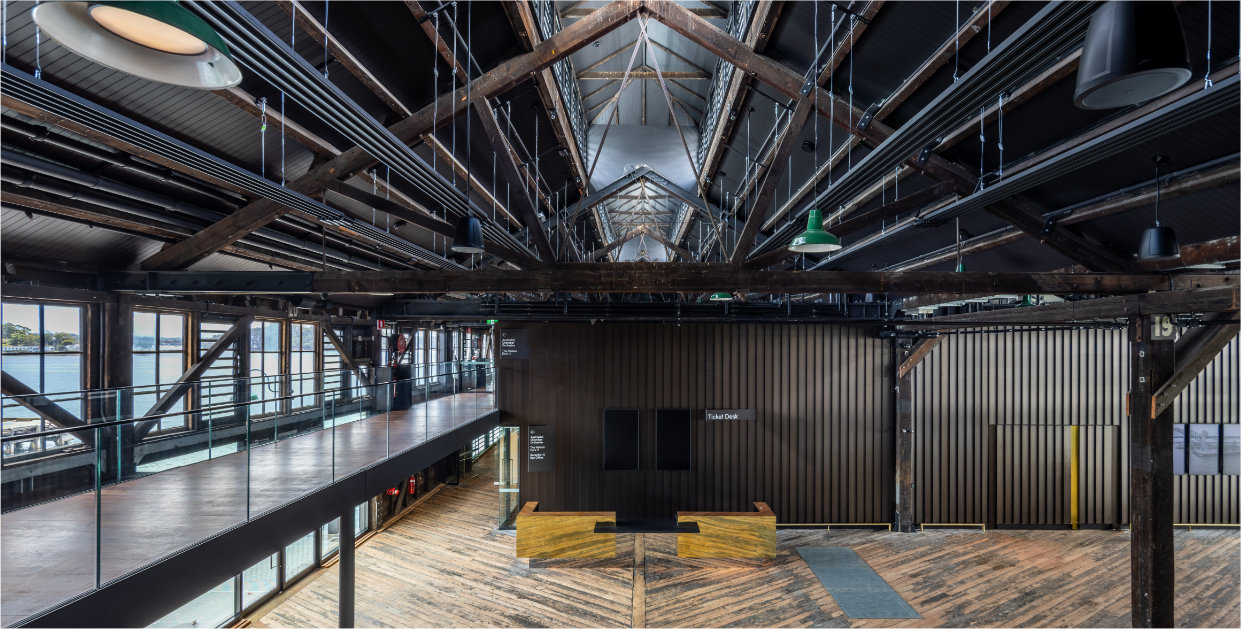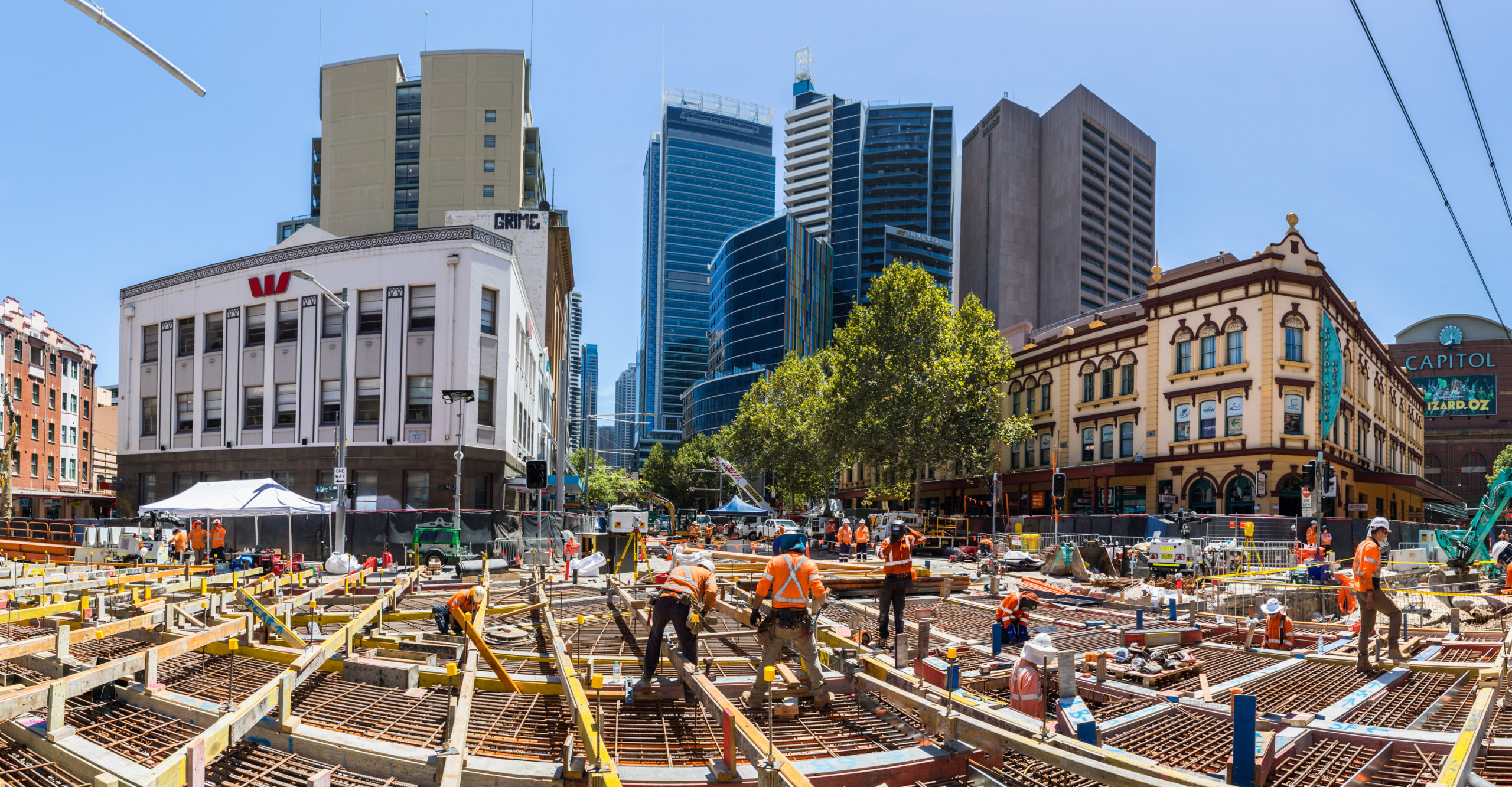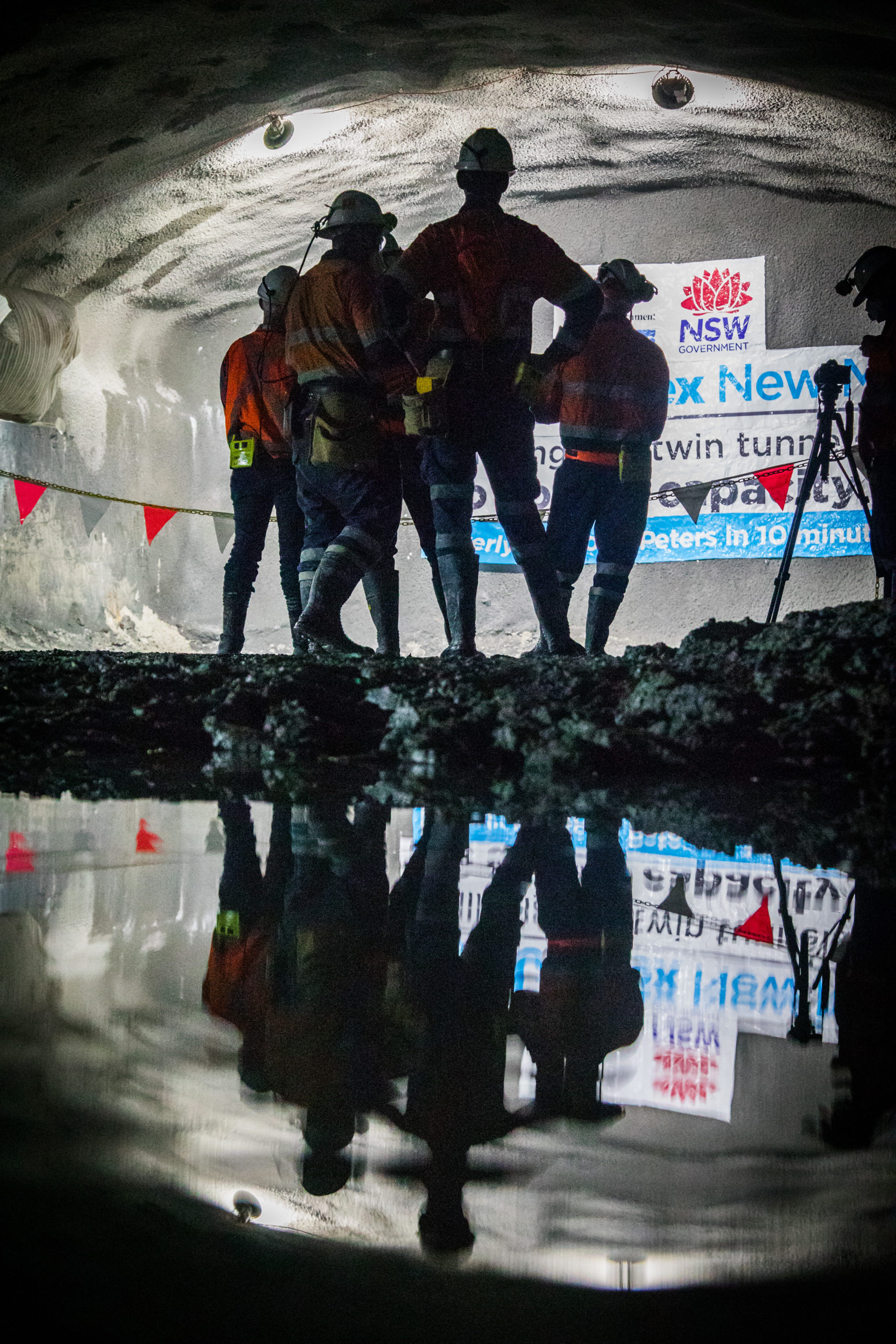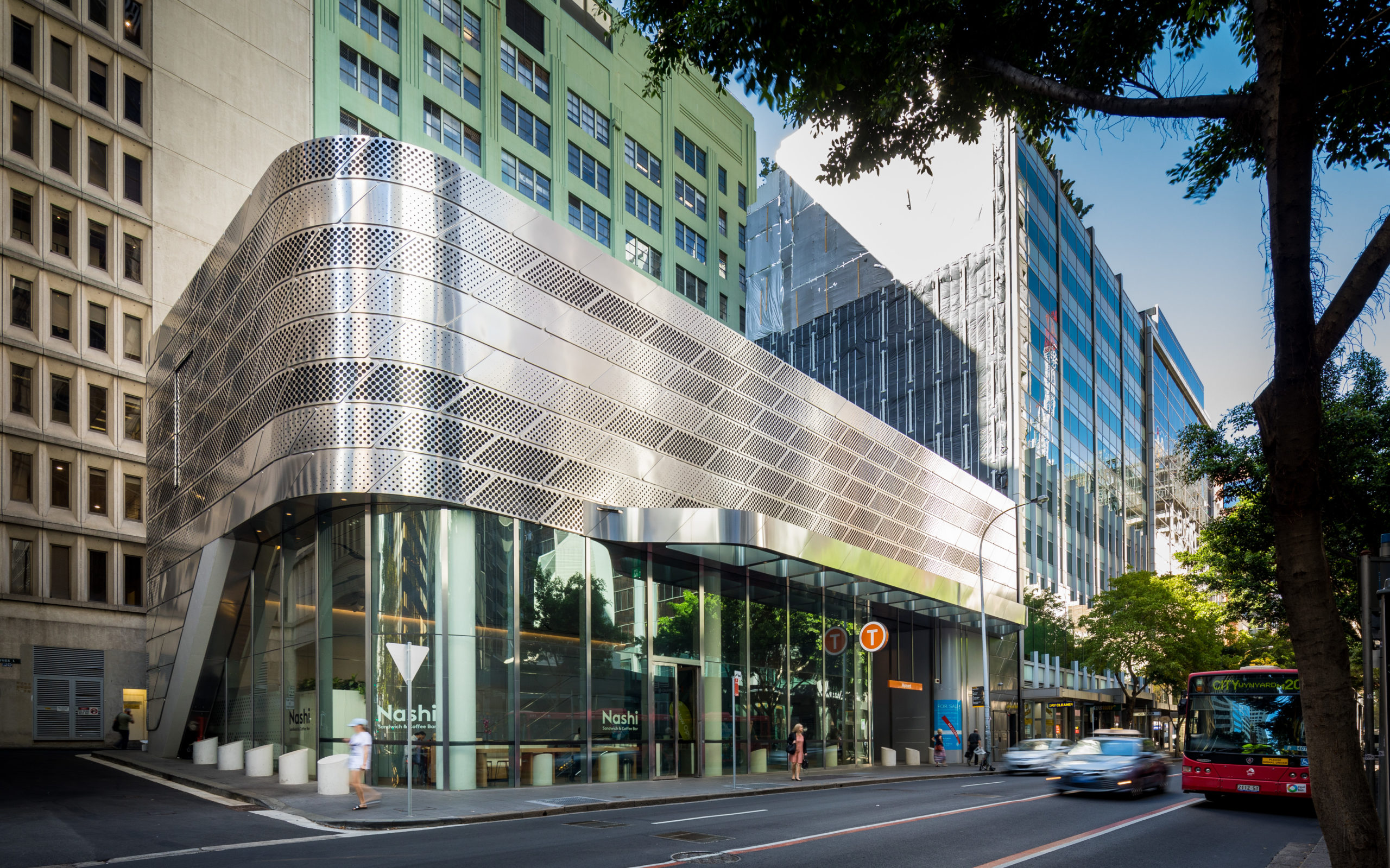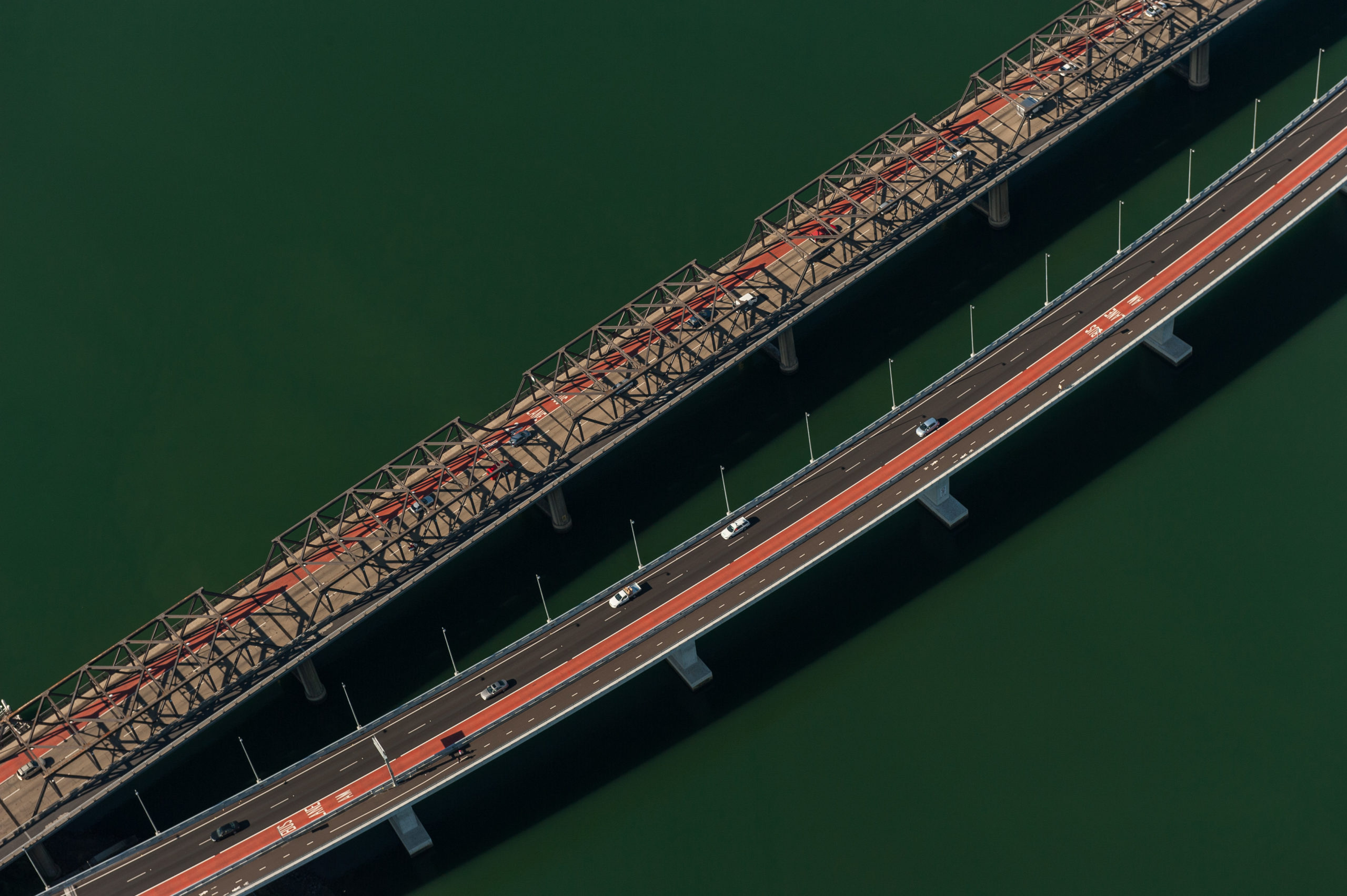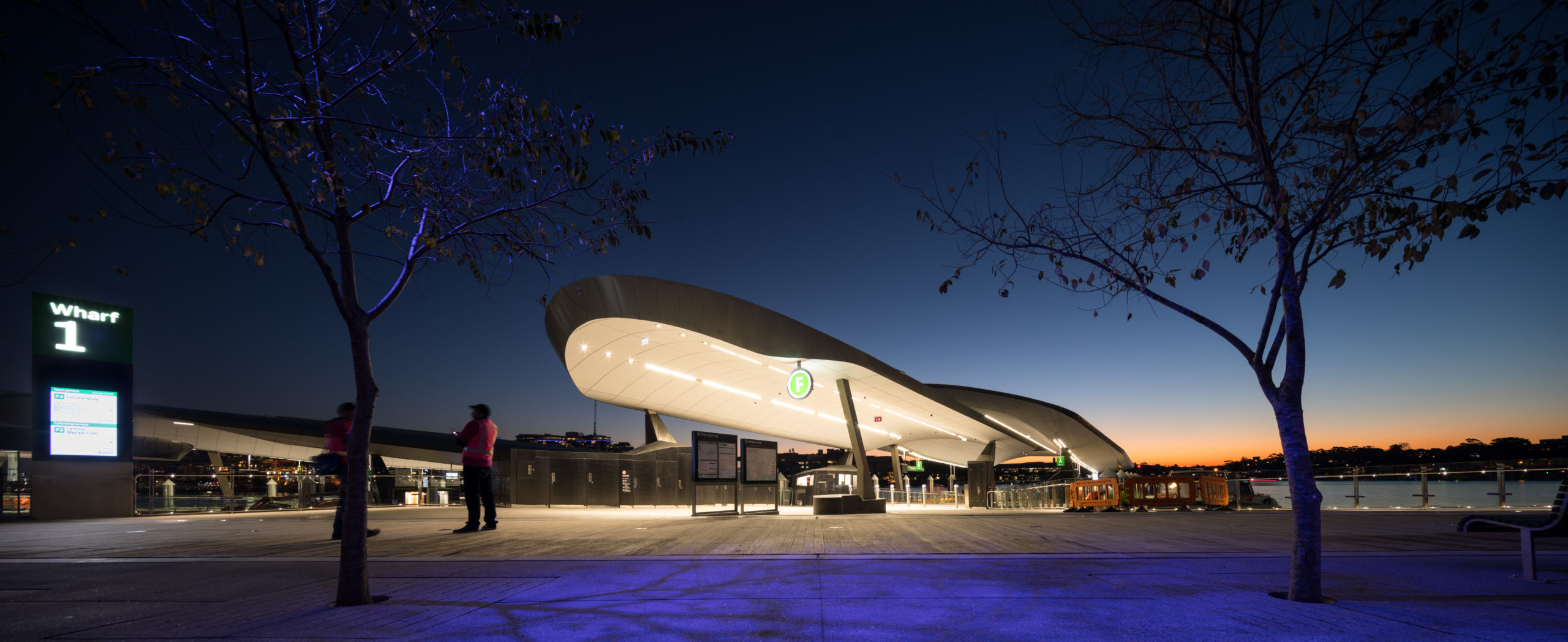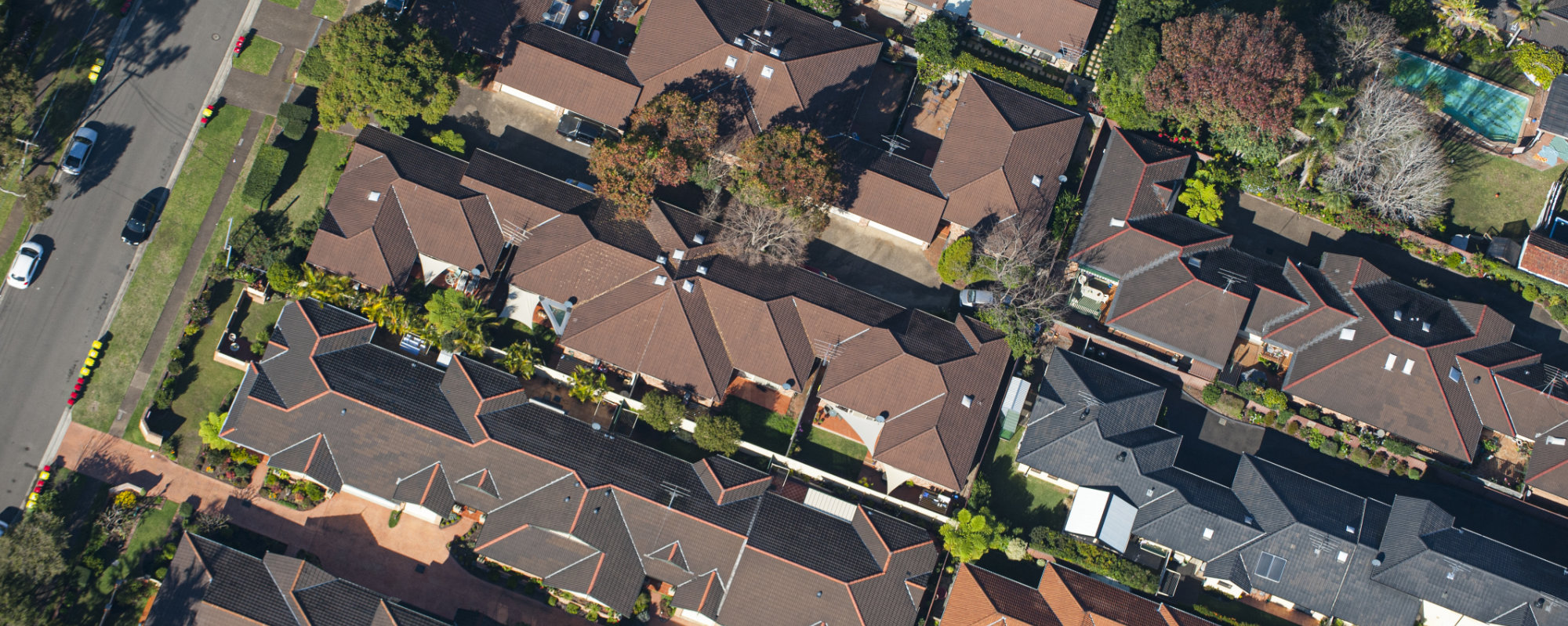
19 Aug The Business Guide to Aerial and Drone Images
Drone-based imaging has made aerial photography and video more accessible than ever before. Today, it is even possible to capture aerial time-lapse images. The availability of this technology means that almost all business and government organisations can now access high-quality aerial images for marketing and communications. Utilising aerial drones brings an ability to capture a whole new perspective on projects of all shapes and sizes.
Organisations that seek to utilise drones for aerial imaging should:
- As a business, be very aware of the rules and risks involved
- Ensure that the operator’s CASA licencing, capability, technology and insurances meet the project’s demands.
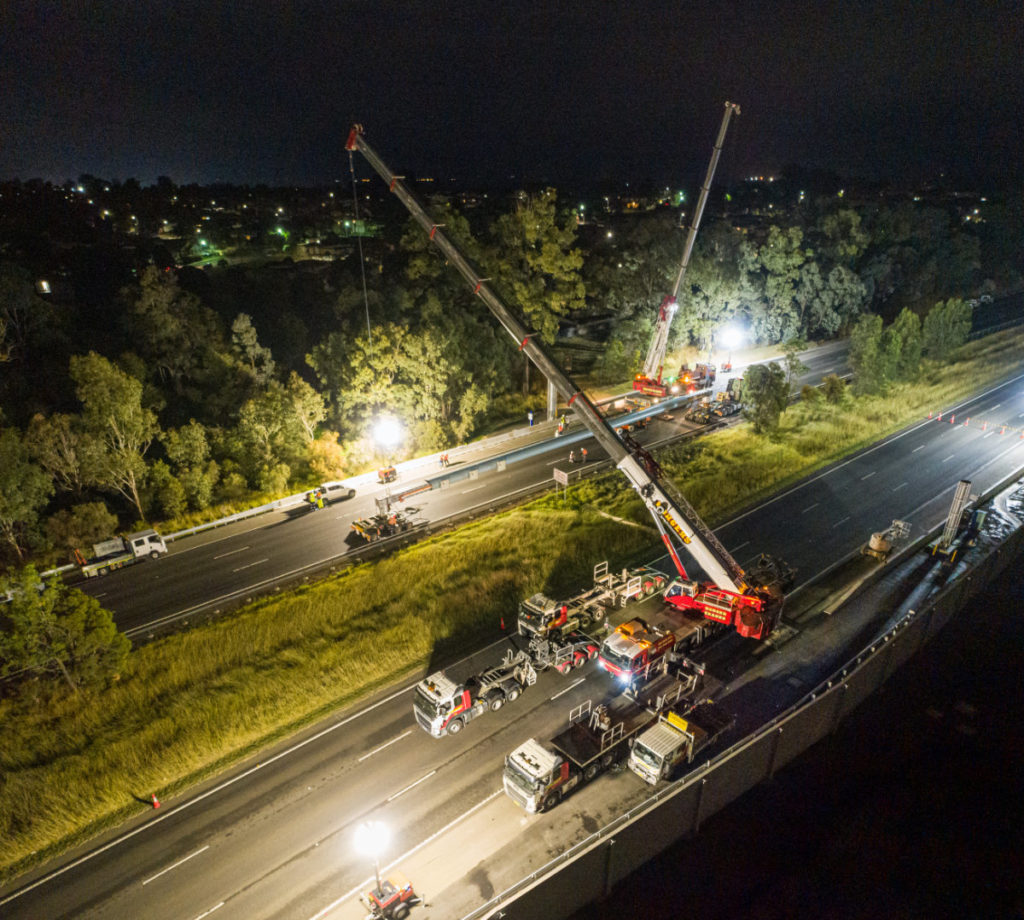
The rise of drones
It seems that whenever we are in a public space today, there is a drone operating nearby. Many of today’s drones are capable of producing stable and high-quality 4K video and high-resolution stills. Furthermore, advanced GPS technology and supporting software can be used to create time-lapse sequences from a single aerial point of view. It is incredible what can be achieved with relative simplicity and affordability — particularly given the comparative cost of producing the same images from a helicopter or fixed-wing aircraft.
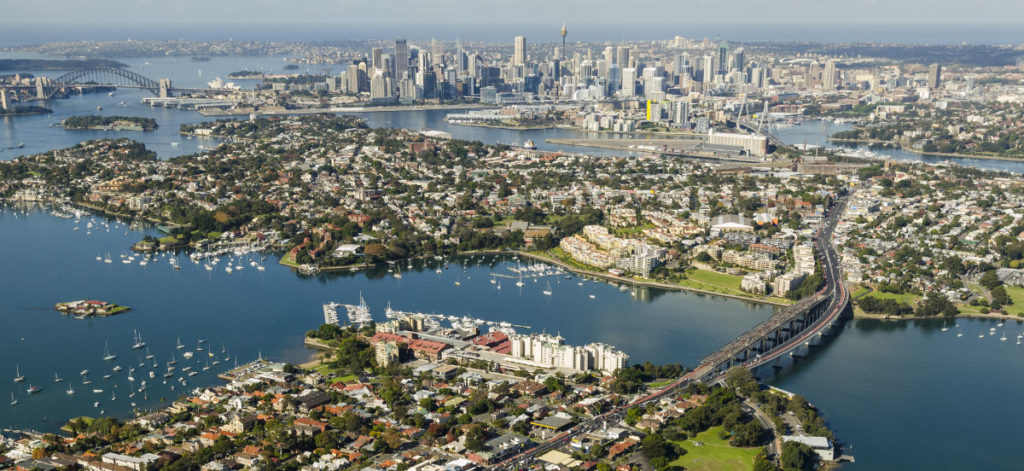
The Risks
We’ve all heard stories of near misses involving drones entering restricted airspace, breaching individual privacy or creating security risks. So, while the rise of drone technology has made aerial imaging more accessible, their proliferation has resulted in a range of ever more restrictive licencing and operational conditions. These restrictions are necessary to ensure public safety, including the risk to commercial air traffic.
There are also imaging project risks. All drones and drone operators are not created equal. The quality of the result is linked directly to the quality of the technology used and the skill of the operator. The level of technology used affects image quality, the ability to operate across a wide range of lighting conditions as well as the stability of the images captured.
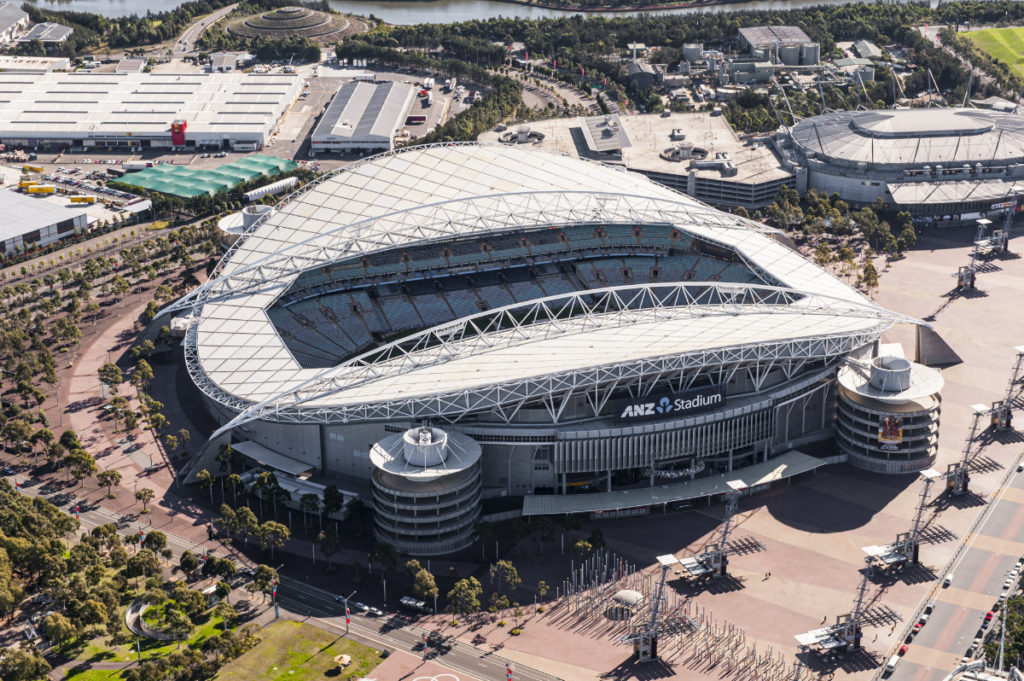
Drone licencing
When commissioning drone imagery, the correct licenses must be held:
- The business has a CASA Operator’s Certificate (REoC)
- The business must nominate a Chief Pilot who is responsible for the conduct of the drone business and its pilots
- Each pilot must have a CASA RePL licence with a rating according to the size of the drone operated.
A CASA drone licence is mandatory for any commercial operation of a drone. The purpose of licencing is to ensure that the operator has a full understanding of CASA regulations and the safety implications of operating an aircraft. Simply stated, a CASA drone licence is similar to an aircraft pilot’s licence.
Safety covers a wide ambit of responsibility:
- The occupation of airspace and the mitigation of risks involving other aircraft
- The mitigation of risks to people, property or structures on the ground – or adjacent to the area in which the drone will operate.
The core aspects of a CASA drone licence includes:
- Aircraft safety
- Control of the drone
- Airspace requirements
- Proximity to people and buildings
- Exclusion zones
- Restricted zones to ensure that the pilot is qualified to recognise dangers.
To obtain a license, the operator is required to study the theory, pass an exam and complete an amount of supervised airtime.
Holding a drone licence also opens the ability for the operator to seek special permissions to operate within restricted airspace. Authority may be granted based on a particular flight plan to fly at a specific time.
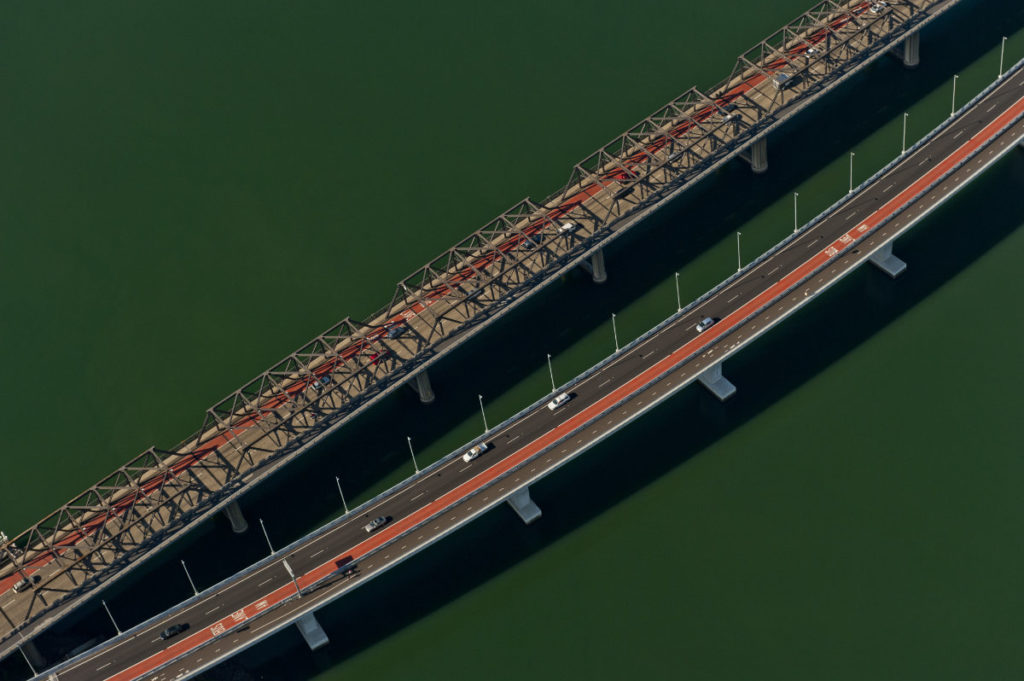
Flying the drone
Every commercial drone flight is governed by CASA regulations. There are processes that the drone operator must adhere to:
- Understand the airspace and any restrictions
- Conduct a job safety analysis (JSA), which includes risk assessment and mitigation measures
- A flight plan
At the time of the flight, the pilot is required to assess the immediate conditions and risks, including weather and other safety hazards. The aircraft must be evaluated as being safe to fly.
Finally, within restricted airspace, the pilot is required to seek flight clearance before take-off. A licenced operator will always adhere to this condition. There are many areas where restricted airspace exists, that would not be obvious to the unlicensed operator.
Technology
There are many types of drones available today that capture images. Many of these are low-cost devices designed for limited recreational use and are not suitable for professional applications.
Professional-quality imaging drones have:
- State of the art camera technology that ensures the highest quality images in a wide range of lighting conditions – day and night
- Interchangeable lenses that make it possible to cover every imaging assignment suitable for a drone
- Advanced stabilisation technology that delivers smooth and stable images
- Redundant safety systems that maximise safe operation
- The capability to stream live images
Insurances
Commercial drone operators must obtain specific public liability insurance that covers drone operation. Also, many businesses require that the drone operator hold insurance cover for the drone equipment itself.
Professional approach
As we have described within the article, there is much more to capturing professional-quality aerial images than merely owning or renting a camera-equipped drone.
The business must be licenced, airworthy, possess the imaging expertise to capture pleasing content, and have the standard of technology to produce commercial-quality results.
Organisations such as Images for Business have a team of people dedicated to the planning, shooting and post-production of aerial drone imagery.
It’s worth looking into how aerial drone images can make an impact on your business image.
Images for Business
Images for Business has long held an outstanding reputation for delivering professional images across a wide range of image formats. We have made a substantial investment in drone technology, training and capability.
We invite you to talk to us about aerial drone imaging projects for your business.
Images for Business CASA Licences
Images for Business ReOC 1049056
Three licenced pilots
- Christopher Shain, Chief Pilot – RePL 1051474
- Simon Anders – RePL 1054491
- Toby Shain – RePL 1052646

